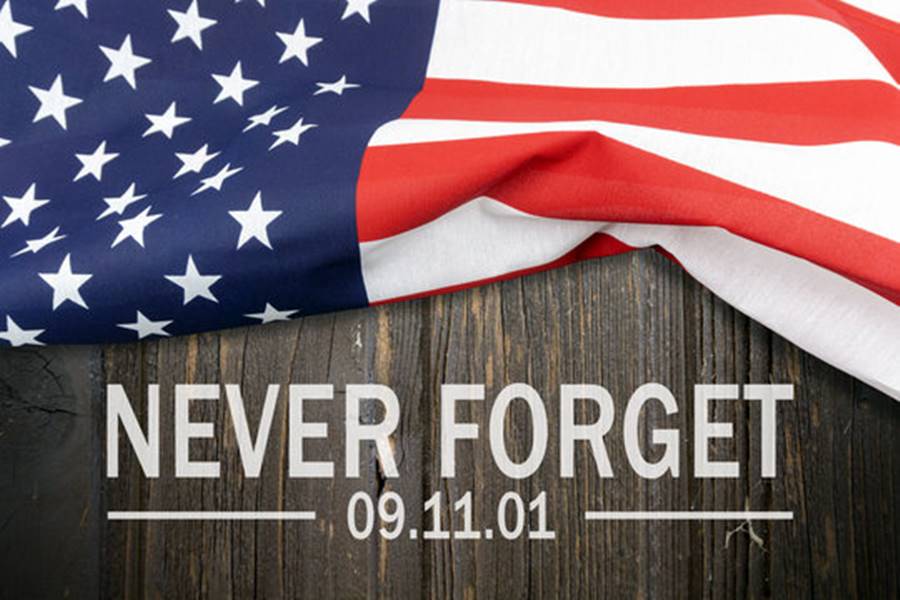By Jae-Ha Kim
Chicago Sun-Times
May 30, 2002
Exactly how do you sell a tragedy?
A handful of entrepreneurs already has figured it out. The Australian fashion chain Quick Brown Fox carries a line of beaded handbags depicting planes crashing into the World Trade Center. One can be yours for about $87.
“They were an artistic interpretation of what is a tragic event,” Quick Brown Fox owner Tess Reeves rationalized to Australia’s Sunday Mail. “They are the sort of thing high fashion would do. Thousands are being shipped to Europe every day. It’s not necessarily a negative thing and, as with all tragedies, time heals. In time it won’t be as controversial.”
Try telling that to Americans. On Sept. 12, Chief Steve Chikerotis of the Chicago Fire Department led a company of firefighters to New York and saw first hand the aftermath of the devastation that is prettily depicted on the handbags.
“I have a hard time accepting purses with pictures of destruction on them as high fashion,” says Chikerotis. “I don’t like seeing them and I don’t like people capitalizing from this. I knew some of the firefighters who died there and the impact this had on their families. It’s disrespectful to them.”
Catching just a tiny glimpse of the purse photo was enough to shake Carolin Sigal, a former Chicagoan visiting from Connecticut.
“It makes me want to throw up,” she says. “My friend’s husband’s office was not far from where the plane is crashing into the building [as depicted on the purse]. His baby will grow up without a father. When I hear the [store owner] say it’s high fashion, it makes me think she should be beaten. This is disgusting.”
Scott Larson of the North Side adds, “This purse is offensive.”
It’s not just foreigners exploiting an American tragedy. A Georgia company recycled steel from the World Trade Center and sold commemorative medallions for $30 each. On eBay, homemade videos and tragedy debris sold for around $10 each, until the online auction service put an end to the tacky sales. Then there were the $9.99 bin Laden “voodoo” dolls you could prick with a needle to your heart’s desire.
When he returned to Ground Zero, Chikerotis says he saw plenty of vendors hawking pictures and other memorabilia.
“I understand that people want to remember New York the way it was and want to have a picture,” he says. “That’s one thing. But it’s horrendous when they sell trinkets made from the rubble, or those purses.”
Pop culture certainly isn’t immune to Sept. 11 merchandising. On the season finale of “Ally McBeal,” our misguided heroine was presented with a choker made from remnants of the World Trade Center. It was supposed to be a poignant moment.
“I’m sure that if someone hasn’t marketed a similar necklace, someone will now,” says Neil Stern, a partner with the consulting retail firm McMillan/Doolittle. “The direct post-Sept. 11 industry was a relatively short phenomenon that made it through the holiday season with T-shirts and hats that commemorate the event. The larger impact was the indirect part–focusing on patriotic colors and themes. There’s been a subtle move toward patriotism still thriving in stores.”
This isn’t the first time tragedies have been exploited. After President John F. Kennedy was assassinated, a vinyl bank in the shape of his head was manufactured. According to the Warren Report, the coin slot was at the same spot the bullet entered his head.
Not all the post-Sept. 11 merchandising is quite so troubling. Simple $10 T-shirts bearing the block letters “FDNY” have made it on “Friends” and are worn with pride by regular folk nationwide. Tommy Hilfiger and Ralph Lauren–who have always incorporated Americana into their designs–simply upped the U.S.A. theme for receptive buyers.
And Marshall Field’s already has unveiled its homespun “True Blue Summer” marketing campaign.
“The key for retailers is to sell and merchandise products without seeming like they’re exploiting the moment,” Stern says. “One of the key examples is the Roots beret from the Winter Olympics. How much of the popularity was because of the Olympics, and how much was because of patriotism?”
Even lingerie companies salute Old Glory in a delicate way. Eberjey makes a pair of white panties with the American flag that benefits the Red Cross Sept. 11 fund. The company has donated more than $11,000 from sales of the “Americana” briefs, which retail for $32.
“We were very careful when we did this because we didn’t want to exploit anyone,” says Eberjey co-founder Ali Salaverria. “You could be very cynical about it and say everybody’s trying to make a profit from the tragedy. That’s why it was very important for us to donate all the proceeds from the ‘Americana.’ ”
She says most of the sales for that line were immediately after the tragedy.
“We’d like to create another line for another charity and continue to give back,” Salaverria says. “It’s important that people not become blase about helping others.”
The patriotic theme will always be a part of America. But how long it remains a dominant part of pop culture and fashion depends a lot on politics.
“All trends come and go,” says Larry Lund, a principal with the Real Estate Planning Group. “A lot of the longevity of the marketing of red, white and blue depends on what happens in the world–how safe we feel. That has a profound influence on our shopping habits.”






